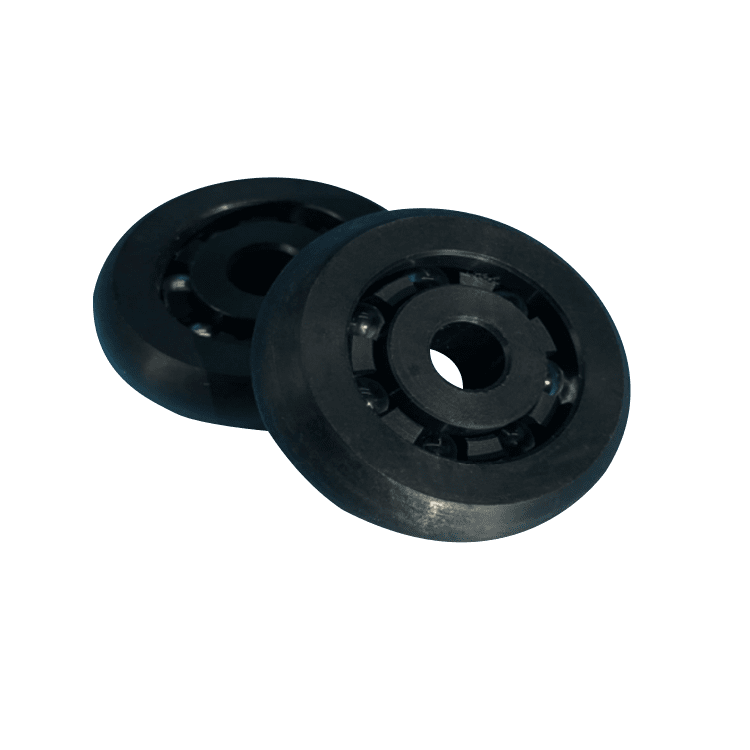Welcome to Tarso, professional special bearing manufacturer
Types of Plastic Bearing Part Compared to metal bearing […]
Types of Plastic Bearing Part
Compared to metal bearings, plastic bearings are five times lighter and offer a number of advantages. These include the ability to reduce friction, improve wear resistance and lower noise. They can also be self-lubricating. They provide more durability and longer service life. They are available in a variety of shapes, enabling them to be used in a wide range of applications.
Several high-quality materials are used for making plastic bearings. These include polyamides, polyethylene and nylon. These materials offer good resistance to shock and vibration, as well as being elastic. They can also be made to withstand extreme temperatures. In addition to being strong, they are often cheaper than their metal counterparts.
PTFE, a semi-crystalline engineering thermoplastic, is another common material. It is highly resistant to a variety of chemicals, has a low load capacity and is abrasion-resistant. PTFE is commonly used in business machines and chemical processing equipment. Its coefficient of friction is exceptionally low, making it ideal for applications that require a smooth running, low-friction surface. It is widely used in automotive knuckle joints, as well as in window regulators, pedals, gearshifts and alternators.
Ultrahigh molecular weight polyethylene (UHMWPE) is one of the most popular types of plastic bearings. It has a high resistance to abrasion, as well as being highly durable and biocompatible. It can be difficult to produce injection molded parts of this type, however. Its price is somewhat high, and it is not ideally suited to production of large-volume parts.
Another common type of plastic is acetal. It is a tough engineering plastic, which makes it particularly useful in wet environments. It is also highly abrasion-resistant, which is important when it comes to the use of plastic in sanitary, pharmaceutical, medical, and food processing applications. It has also been used for inexpensive bearings in a wide range of applications. It can be reinforced by adding graphite or molybdenum disulfide.
The high temperature and corrosion-resistant properties of some plastics make them a great choice for use in oil-lubricated applications. It can also be used for applications that are exposed to aggressive chemicals. Graphite filler shows promise in applications that operate at very high temperatures. It requires a final bake of 700 degF for the coating to be effective. Unlike steel, it can be made to fit in a variety of shapes.
Plastic rod-end bearings are a self-lubricating type of bearing. They rotate relative to a ball, and compensate for angular deviations by repositioning the ball. This type of bearing is suitable for linear, rotating, and oscillating applications. It can be used to replace traditional metal rod ends, which can be corrosive. They are also lightweight, reducing the total system weight.
Plastic bearings are available in a wide variety of standard sizes. They are available in metric, metric with tapered bore, and metric with flange diameters. Each grade of bearing has different tolerances, and tolerances vary by manufacturer. Some are able to be drilled or machined from bar stock.

Structure & Size Range Of UPE Anti-Acid & Alkali Plastic Bearing
Rings: UPE Black
Rolling Element: Glass ball
Cage: UPE black
Size Range: ID3mm or up